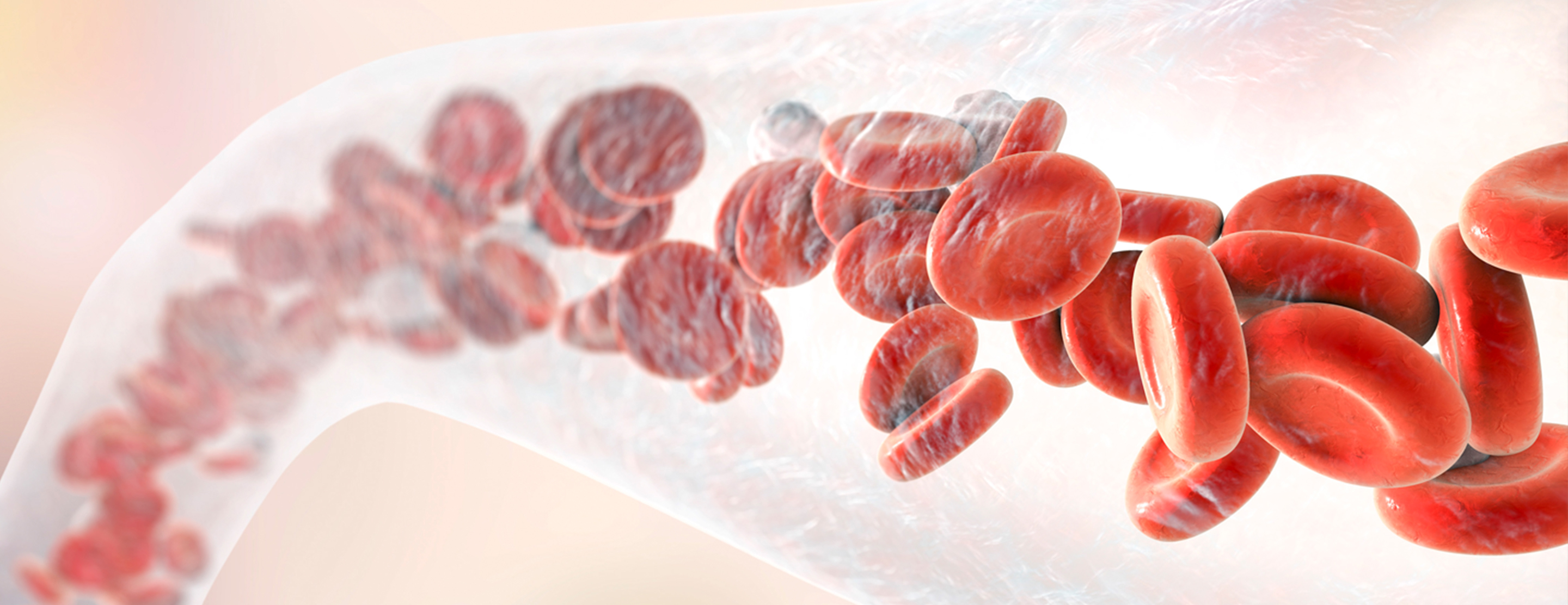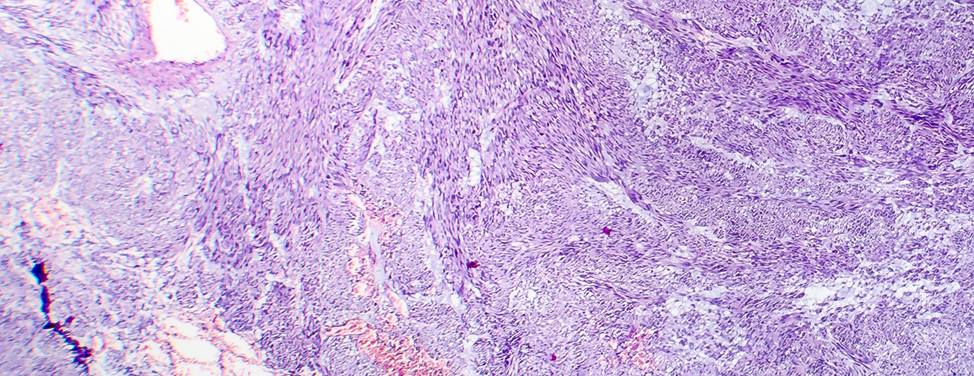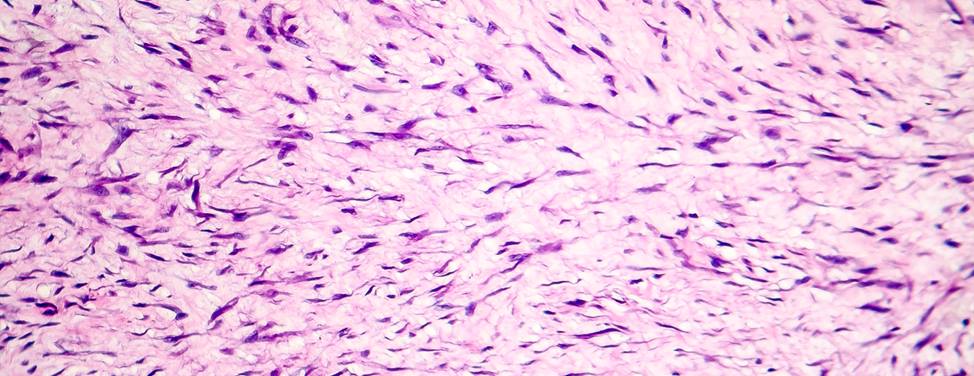If you suffer from fibroids, your doctor may recommend uterine artery embolization (UAE). This relatively new treatment is an alternative to open surgery for fibroids. Embolization is a technique that blocks the blood flow to the fibroid or fibroids, causing them to shrink and die. This also often decreases menstrual bleeding and symptoms of pain, pressure, urinary frequency or constipation.

Uterine Artery Embolization
Preparation
After midnight the night before your UAE procedure, you should not eat or drink anything. Aspirin, Advil, Motrin or ibuprofen should not be taken five days before the procedure. These medications can thin your blood. However, the morning of the UAE procedure, you may take other medications that you usually take with a small sip of water. Though if you take Coumadin, Plavix, Lovenox, Glucophage or Heparin, please talk to your doctor about when to stop taking these medications.
Procedure
UAE takes approximately two hours and is performed in a radiology suite rather than an operating room by an interventional radiologist. The first part of the procedure is called an arteriogram, also known as an angiogram. This involves taking a series of X-ray pictures of the arteries that are supplying the uterine fibroid after "contrast" material (X-ray dye) is injected into the artery, making them visible.
First, an intravenous (IV) line is placed in your arm so that you are able to receive fluids and medications during the procedure. Your groin area will be shaved and cleaned with a sterile solution to help prevent infection. You will then be covered by sterile gowns. A local anesthetic will be injected at the skin site. You will also be sedated, which will keep you awake but sleepy during the procedure.
A needle will be placed in an artery in your leg, at the groin crease. A thin, flexible tube, called a catheter, will then be placed into the artery and dye is injected. X-rays are taken of the arteries that supply the uterine fibroid or fibroids. The catheter is then used to deliver particles to these arteries to block the flow of blood. These particles are called polyvinyl alcohol and are the size of a grain of sand. They are mixed with a dye and injected slowly while your doctors make sure they only go to the fibroid. It takes several minutes to block arterial flow. After the left and right uterine arteries are blocked, another arteriogram is performed. The catheter is removed and pressure is held over this area for approximately 15 minutes.
Recovery
After the procedure, you must be on bed rest for six hours lying flat with the leg in which the catheter was placed straight. The amount of pain patients experience varies. The most significant pain usually occurs immediately following the procedure and over the next six hours. Patients report that this pain is similar to menstrual cramps. Some patients experience no pain.
Patients usually stay overnight in the hospital, so that the arterial access site and your pain are monitored. You will be able to return home the next morning. Most patients can return to full activity in a week.
Once you return home, you must adhere to the following instructions to ensure a smooth recovery:
- Drink eight glasses of liquid such as water, juice or soda once you return home. You may begin your usual diet when you leave the hospital.
- Avoid strenuous activity such as housework and heavy yard work for 48 hours. Most patients can return to their normal activities in a week.
- Do not drive a car for 24 hours.
- Do not take a hot bath for five days. You may shower.
Notify the Interventional Radiology office if any of the following occur:
- Bleeding at the entry site.
- Any unusual pain in the entry site or the leg in which the catheter was placed.
- Any change in color or temperature of the leg. A small bruise may develop and is normal.
If any of these occurs or if you have question after your procedure, please call (415) 353-1300 between 8 a.m. and 5 p.m., and an interventional radiologist will contact you. Outside of business hours, page us at (415) 719-9417 and key in your call-back number.
Please read our full article about home care after UAE.
Effectiveness and Complications
When blood flow to the fibroid is blocked, the fibroid gets no oxygen and will begin to die. This process happens over days to months. During this time the fibroid shrinks by about 40 to 50 percent and the uterus by about 30 to 40 percent. Our experience and the scientific literature suggest that symptoms will improve in 80 to 90 percent of patients. For some, UAE is ineffective.
Serious complications occur in less than 4 percent of patients. These include injury to a vessel, uterine infection, blood clots and injury of the ovaries.
UAE has been performed for seven years, and many studies have confirmed its utility as a primary treatment for uterine fibroids in suitable patients. Longer-term studies are currently underway.
UCSF Health medical specialists have reviewed this information. It is for educational purposes only and is not intended to replace the advice of your doctor or other health care provider. We encourage you to discuss any questions or concerns you may have with your provider.









